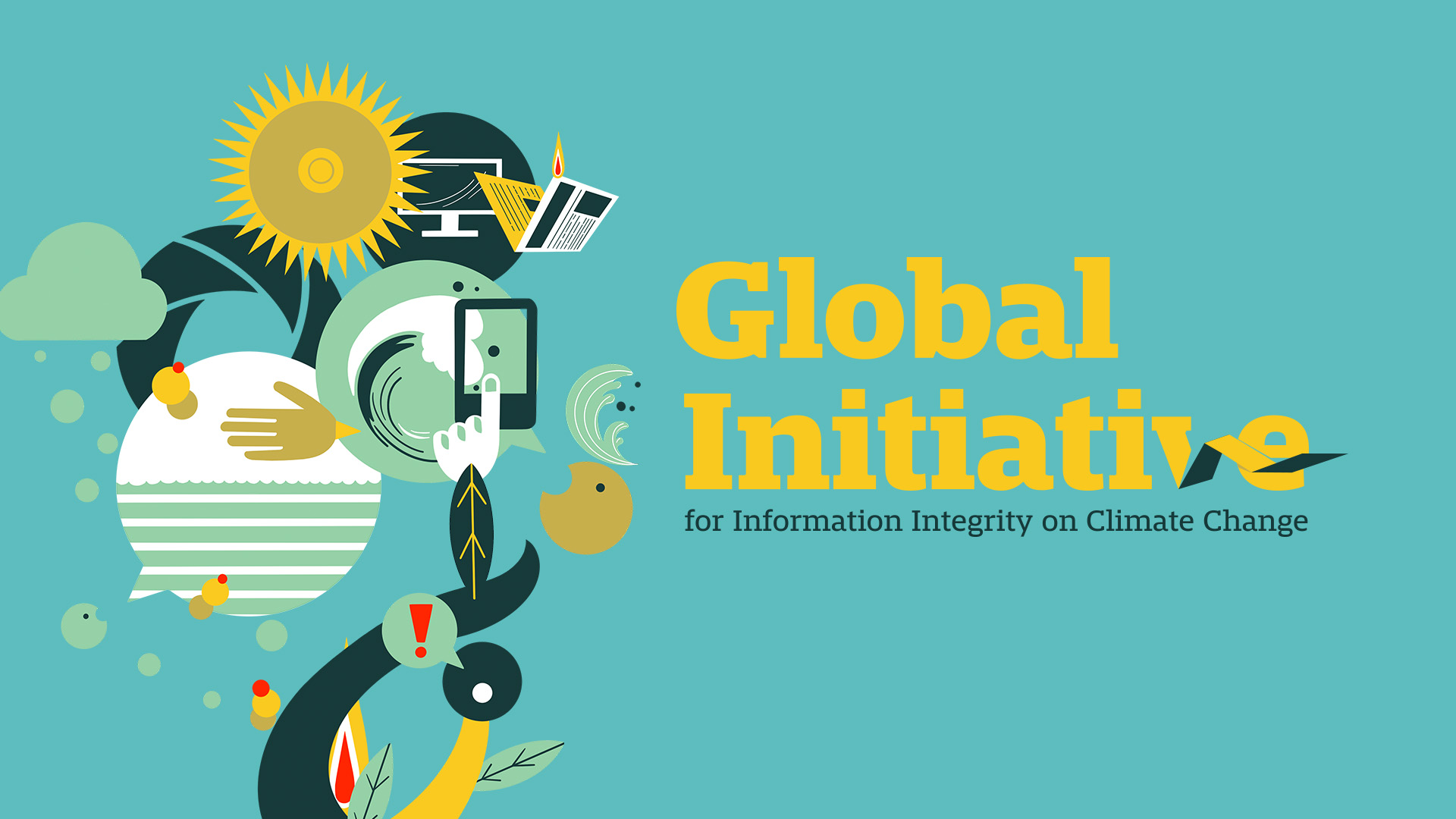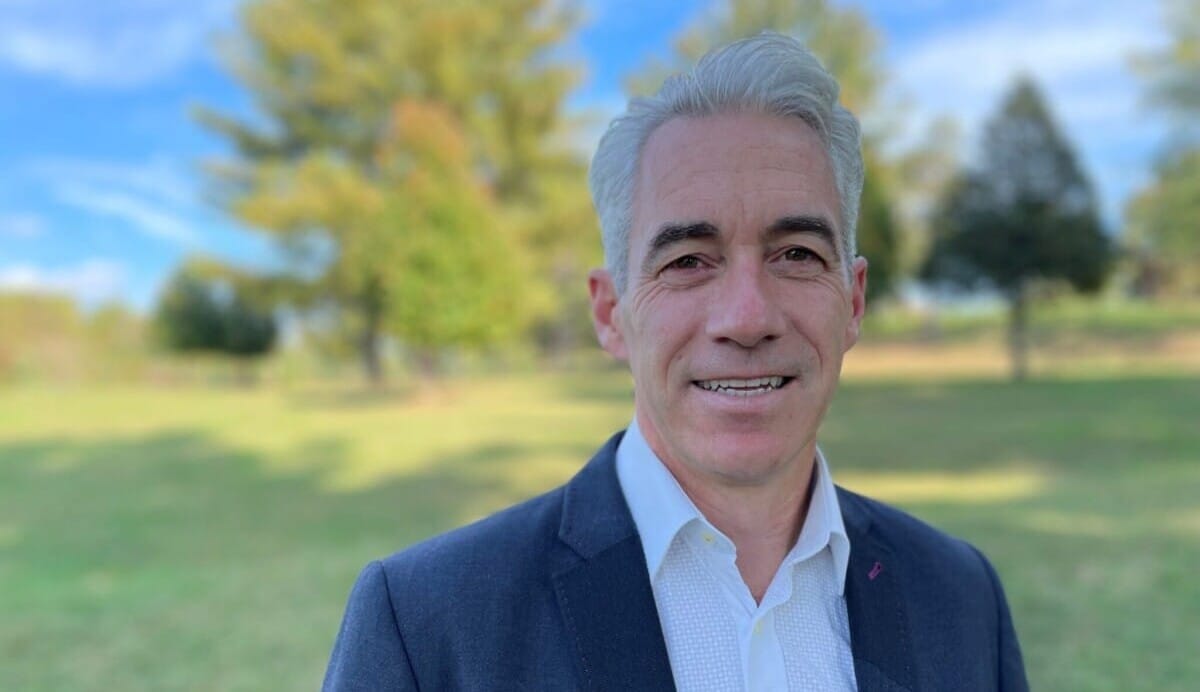Youth Climate Adaptation Action Day 2025: Young People Worldwide Shape the Future of Climate Policy – Global Center on Adaptation

Report on the Youth Climate Adaptation Action Day 2025: Aligning Global Youth Action with the Sustainable Development Goals
This report outlines the objectives, activities, and strategic outcomes of the second annual Youth Climate Adaptation Action Day, held on October 12th, 2025. Organized by the Global Center on Adaptation (GCA), this initiative mobilizes young people worldwide to influence climate policy, directly contributing to the achievement of the Sustainable Development Goals (SDGs), particularly SDG 13 (Climate Action).
Global Youth Mobilization for Climate Policy Integration
Fostering Youth Participation in National Climate Strategies
The 2025 event centered on youth-led consultations in over 100 countries, focusing on Nationally Determined Contributions (NDCs) and National Adaptation Plans (NAPs). This core activity is designed to embed youth perspectives into national climate frameworks, a critical component for achieving several SDGs.
- SDG 13 (Climate Action): The consultations directly support Target 13.2, which calls for the integration of climate change measures into national policies, strategies, and planning.
- SDG 17 (Partnerships for the Goals): The initiative represents a multi-stakeholder partnership, uniting youth organizations, student groups, and grassroots movements with national governments to enhance policy coherence.
- SDG 4 (Quality Education): To facilitate these discussions, the GCA provided a “Guide to Organizing Youth Consultations,” a tool that builds the capacity of young people and equips them with the knowledge needed to engage in complex policy debates, aligning with Target 4.7 on education for sustainable development.
Global Launch and Cross-Regional Collaboration
The event was launched with a Global Virtual Consultation connecting youth leaders and policymakers across continents. This dialogue serves to strengthen youth-driven recommendations and foster international cooperation, reinforcing the principles of SDG 17 by creating a global platform for shared learning and action on climate adaptation priorities.
Strategic Initiatives for Sustainable Impact
Strengthening Regional Networks for Localized Action
A significant development in 2025 was the expansion of the Youth Adaptation Network (YAN) in Africa, which grew by 20,000 members. This expansion enhances regional capacity to implement adaptation solutions on the ground.
- Empowering Local Leadership: The selection of In-Country Focal Points from 46 African nations institutionalizes youth leadership at the national level, promoting inclusive decision-making in line with SDG 10 (Reduced Inequalities).
- Knowledge Sharing and Implementation: The network facilitates the exchange of best practices, translating knowledge into tangible actions that build community resilience, a cornerstone of SDG 11 (Sustainable Cities and Communities) and SDG 13.
Financing Youth-Led Adaptation Solutions
The GCA has committed to providing small grants to youth-led organizations to accelerate locally driven adaptation projects. This initiative empowers youth as agents of change and directly funds projects that advance multiple SDGs.
- SDG 2 (Zero Hunger): Funding is directed towards solutions like climate-smart agriculture to build resilient food systems.
- SDG 11 (Sustainable Cities and Communities): Support is provided for resilient urban planning projects.
- SDG 8 (Decent Work and Economic Growth): By investing in youth-led solutions, the program helps build resilient local economies capable of withstanding climate impacts.
This model, which builds the capacity of regional youth organizations to disburse grants, creates a sustainable and scalable pipeline for climate action, ensuring long-term progress towards the 2030 Agenda.
Policy Influence and Contribution to Global Climate Negotiations
Consolidated Youth Recommendations for COP30
The outcomes from the global consultations will be consolidated into a comprehensive report for presentation at COP30 in Belém, Brazil. This strategic action ensures that youth priorities are formally submitted to governments and international leaders, aiming to influence the next phase of global climate negotiations.
Conclusion: A Framework for Achieving the SDGs through Youth-Led Climate Action
The Youth Climate Adaptation Action Day 2025 serves as a powerful mechanism for advancing the 2030 Agenda. By systematically integrating youth voices into policy, building capacity, and funding local solutions, the initiative provides a clear and impactful pathway to achieving a sustainable and climate-resilient future for all, with a primary focus on the following goals:
- SDG 13 (Climate Action): By directly shaping national and global adaptation policies.
- SDG 17 (Partnerships for the Goals): By building a robust global coalition for climate resilience.
- SDG 10 (Reduced Inequalities): By championing the inclusion of youth in decision-making processes.
Analysis of Sustainable Development Goals in the Article
1. Which SDGs are addressed or connected to the issues highlighted in the article?
- SDG 13: Climate Action
This is the central theme of the article. The entire initiative, “Youth Climate Adaptation Action Day,” is focused on driving action for climate adaptation, strengthening resilience, and influencing climate policy through Nationally Determined Contributions (NDCs) and National Adaptation Plans (NAPs). - SDG 17: Partnerships for the Goals
The article highlights multi-stakeholder partnerships at various levels. The Global Center on Adaptation (GCA), an international organization, collaborates with youth-led organizations, student groups, grassroots movements, and policymakers across more than 100 countries to achieve common climate goals. - SDG 4: Quality Education
The initiative focuses on building the capacity of young people. GCA provides a “Guide to Organizing Youth Consultations” and supports the sharing of knowledge and good practices, which aligns with education for sustainable development by equipping youth with the skills to participate in climate policy. - SDG 10: Reduced Inequalities
The program aims to reduce inequalities by empowering young people, a group often excluded from high-level policy discussions. By ensuring “youth voices influence the frontlines of climate policy,” the initiative promotes social and political inclusion. - SDG 11: Sustainable Cities and Communities
The article explicitly mentions that GCA supports youth-led projects in “resilient urban planning,” which directly contributes to making cities and human settlements more inclusive, safe, resilient, and sustainable in the face of climate change. - SDG 2: Zero Hunger
The article notes that small grants are provided to accelerate locally driven adaptation projects, including “climate-smart agriculture.” This directly supports the goal of creating resilient agricultural practices to ensure sustainable food production systems under a changing climate.
2. What specific targets under those SDGs can be identified based on the article’s content?
- SDG 13: Climate Action
- Target 13.1: “Strengthen resilience and adaptive capacity to climate-related hazards and natural disasters in all countries.” The article’s focus on climate adaptation, youth-led solutions, and building resilient economies directly addresses this target.
- Target 13.2: “Integrate climate change measures into national policies, strategies and planning.” The core activity of holding youth consultations on Nationally Determined Contributions (NDCs) and National Adaptation Plans (NAPs) is a direct effort to achieve this integration.
- Target 13.b: “Promote mechanisms for raising capacity for effective climate change-related planning and management… including focusing on… youth and local and marginalized communities.” The initiative is explicitly designed to build the capacity of youth and embed their priorities in national adaptation planning, particularly with the expansion of the Youth Adaptation Network in Africa.
- SDG 17: Partnerships for the Goals
- Target 17.16: “Enhance the global partnership for sustainable development, complemented by multi-stakeholder partnerships that mobilize and share knowledge, expertise… and financial resources.” The GCA’s global initiative, connecting youth leaders and partners from over 50 countries and providing small grants, exemplifies this target.
- Target 17.17: “Encourage and promote effective public, public-private and civil society partnerships.” The collaboration between GCA (an international organization), youth-led civil society organizations, and governments (to whom the final report is presented) is a clear example of such a partnership.
- SDG 4: Quality Education
- Target 4.7: “ensure that all learners acquire the knowledge and skills needed to promote sustainable development.” The development of the “Guide to Organizing Youth Consultations” and the facilitation of dialogues are educational tools that equip youth with the knowledge and skills to engage in climate policy and action.
- SDG 11: Sustainable Cities and Communities
- Target 11.b: “substantially increase the number of cities and human settlements adopting and implementing integrated policies and plans towards… adaptation to climate change, resilience to disasters.” The support for youth-led projects in “resilient urban planning” directly contributes to this target at a local level.
- SDG 2: Zero Hunger
- Target 2.4: “ensure sustainable food production systems and implement resilient agricultural practices that… strengthen capacity for adaptation to climate change.” The funding of “climate-smart agriculture” projects is a direct action towards achieving this target.
3. Are there any indicators mentioned or implied in the article that can be used to measure progress towards the identified targets?
- For SDG 13 (Climate Action)
- Implied Indicator: The number of countries where youth consultations on NDCs and NAPs are held. The article states this is happening in “more than 100 countries.”
- Implied Indicator: The creation and submission of a consolidated policy report. The article mentions a “global youth report will be presented to governments and international leaders at COP30.”
- Implied Indicator: The growth in membership of youth climate networks. The article specifies that the Youth Adaptation Network (YAN) “grew by 20,000 members” in 2025 alone.
- Implied Indicator: The number of youth representatives engaged in climate networks. The article notes that “youth representatives from 46 African countries were chosen.”
- For SDG 17 (Partnerships for the Goals)
- Implied Indicator: The number of countries and stakeholders participating in global dialogues. The article mentions a “Global Virtual Consultation… connecting youth leaders, policymakers, and partners from over 50 countries.”
- Implied Indicator: The amount of financial resources mobilized for youth-led action. The article refers to GCA “supporting youth-led organizations with small grants.”
- For SDG 4 (Quality Education)
- Implied Indicator: The development and dissemination of educational materials. The article highlights the creation of a “Guide to Organizing Youth Consultations on NDCs and NAPs.”
- For SDG 2 & SDG 11 (Zero Hunger & Sustainable Cities)
- Implied Indicator: The number and type of locally-led adaptation projects implemented. The article mentions the funding of projects in “climate-smart agriculture to resilient urban planning.”
4. SDGs, Targets, and Indicators Table
| SDGs | Targets | Indicators (Mentioned or Implied in the Article) |
|---|---|---|
| SDG 13: Climate Action |
13.1: Strengthen resilience and adaptive capacity.
13.2: Integrate climate change measures into national policies. 13.b: Promote mechanisms for raising capacity, focusing on youth. |
– Number of countries with youth consultations on NDCs/NAPs (>100). – Creation of a global youth report for presentation at COP30. – Growth of the Youth Adaptation Network (20,000 new members). – Number of African countries with youth representatives (46). |
| SDG 17: Partnerships for the Goals |
17.16: Enhance the global partnership for sustainable development.
17.17: Encourage effective civil society partnerships. |
– Number of countries participating in the Global Virtual Consultation (>50). – Provision of small grants to youth-led organizations. – Establishment and expansion of the Youth Adaptation Network (YAN). |
| SDG 4: Quality Education | 4.7: Ensure all learners acquire knowledge and skills for sustainable development. | – Development and dissemination of the “Guide to Organizing Youth Consultations on NDCs and NAPs.” |
| SDG 11: Sustainable Cities and Communities | 11.b: Increase adoption of integrated policies for climate adaptation and resilience in cities. | – Number of youth-led projects funded in “resilient urban planning.” |
| SDG 2: Zero Hunger | 2.4: Ensure sustainable food production systems and implement resilient agricultural practices. | – Number of youth-led projects funded in “climate-smart agriculture.” |
Source: gca.org

What is Your Reaction?
 Like
0
Like
0
 Dislike
0
Dislike
0
 Love
0
Love
0
 Funny
0
Funny
0
 Angry
0
Angry
0
 Sad
0
Sad
0
 Wow
0
Wow
0














































.jpg.webp?itok=0ZsAnae9#)







:focal(1500,1000)/https://media.globalcitizen.org/a6/9a/a69a4720-d8a1-4715-b596-18738d03c05c/rotary_polio_hero_image.jpg?#)

/countries/sri-lanka/photo-credit---dmc-sri-lanka.tmb-1200v.jpg?sfvrsn=dc298bcc_1#)


















